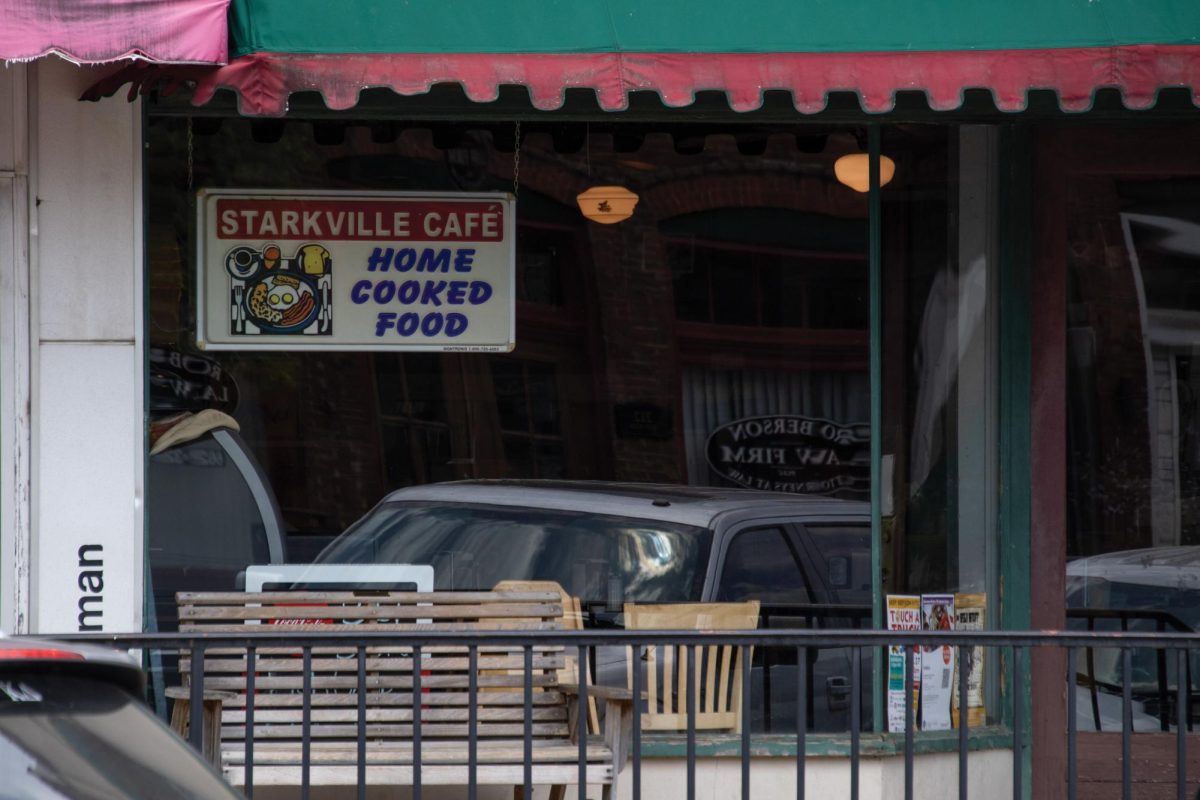James Foley, an American journalist working for Agence-France-Presse, an international news agency headquartered in Paris, was captured in Syria over 600 days ago in 2012 when he was covering the civil war in Syria. Foley, in a video shot over a year ago, recalls the traumatic experience he went through when he saw his friend Anton Hammerl, a South African photojournalist, shot in the stomach and left to die.
Last week, the unfortunate news broke that Foley was beheaded by a black-garbed executioner, and a video showing the beheading was uploaded on social media by the Islamic State of Iraq and the Levant (ISIS) for the world to see.
As someone who works and watches the media closely, I was shocked to see the manner in which a journalist’s life was ended by ISIS. According to a report in The Independent, ISIS has taken over from the Al-Qaeda as the world’s most powerful and extreme terrorist organization.
“While its exact size is unclear, the group is thought to include thousands of fighters. The last ‘s’ of ‘Isis’ comes from the Arabic word ‘al-Sham,’ meaning Levant, Syria or occasionally Damascus, depending on the circumstances,” the report said.
BBC News’s Sam Judah spoke to me the day after Foley’s death and asked me my opinion on sharing graphic imagery or the video. The answer was simple: absolute no. We cannot let ISIS win by sharing the content they uploaded. That is what they want us to do, and that is what we should avoid. Blood brings in ratings, but for a change the media did show decency by avoiding showing the video. Foley was shared across media platforms in a way we all knew him — with his camera and a microphone. The New York Daily Post was the only exception, which printed Foley’s final moments on its front page.
I am a big believer of not sanitizing news and simply reporting as it is. The best way is to give a graphic warning but share the content. Whenever India has seen the ugly side of terrorism, I have always shared pictures containing graphic content, but Foley’s death was very different. The video was made to spread a sense of fear; it was a cowardly warning to stop the airstrikes.
Maybe some of you may agree with my friend who works for a British newspaper in India who argued saying it is important for the world to see the ugly face of ISIS. I agree. It is important, but there is always an exception, and this was it.
Currently, the situation is grim in Iraq. After the British Prime Minister’s claim that the executioner of Foley could be a British man, an international manhunt for him has begun. The New York Times reported that a life of another U.S. journalist, Steven Sotloff, is in danger after ISIS has threatened to kill him if U.S. airstrikes continue. According to the Aug. 22 New York Times report, a petition has already been started on the White House website urging President Obama “to take immediate action and save Steven’s life by any means necessary.”
Robert Mahoney, deputy director of Committee to Protect Journalists (CPJ), wrote in an article titled ‘James Foley- a journalist’s journalist,’ one memory from a fellow hostage shone a light on a side of Foley’s character that his audience might not have seen — his empathy, not only for the people he covered, but also for the journalists he encountered.
Frenchman Nicolas Hénin spent seven months in the same room with the U.S. reporter and even recognized the shoes he wore in the execution video as a pair they had shared. Hénin was asked by L’Express if Foley had talked about what he wanted to do when he was released. “Oh, yes,” Hénin replied. “He wanted two things; either to work for the Committee to Protect Journalists or work on interfaith dialogue and rebuild bridges between the Christian and Muslim worlds.”
According to the CPJ data, Syria and Iraq have been the deadliest countries for journalists this year. The region has seen 11 journalists die in 2014.
It is important to remember that with every passing minute, there are journalists in the line of fire risking their lives to bring you the truth. Think about them. We are often quick to criticize the media and journalists for the work they do. But ask yourself, without the James Foleys of this world, would this be a better or worse place to live?




















































































